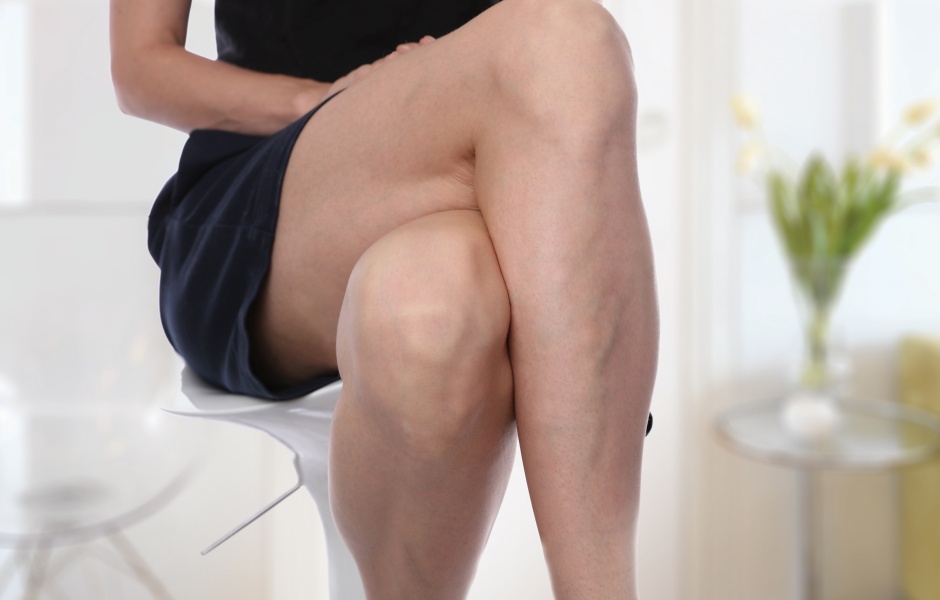
Spider veins appear as small red, purple, or blue veins that develop just beneath the surface of your skin. They get their name from the way they resemble the shape and pattern of a spiderweb.
Spider veins are often confused with varicose veins, but there are differences. Varicose veins develop into larger, bumpy, purple veins that can appear twisted. They can cause swelling, aches, and cramps. Spider veins are much smaller and less likely to cause the degree of discomfort associated with varicose veins.
While spider veins usually aren’t associated with a health problem, that doesn’t mean you should ignore them. Vascular specialist Dr. Allison B. Burkett and the staff at Middle Georgia Vascular Surgery Center in Warner-Robbins, Georgia, provides a full range of spider vein services. Dr. Burkett has the knowledge and expertise necessary to determine whether your spider veins are simply an annoying physical imperfection, or a cause for further evaluation.
Spider veins result when the valves inside a vein become damaged. Healthy veins carry blood to the heart. As the blood flows through the vein, one-way valves open to allow blood to pass, then close to prevent the blood from flowing backward due to gravity.
When these valves become damaged or weak, they don’t work properly, allowing blood to flow backward and pool in the veins. The veins enlarge to accommodate the collected blood, putting pressure on the vein and creating a spider vein.
Spider veins are relatively common. The incidence of spider veins increases with age since the valves that control blood flow weaken over time.
Genetics also plays a significant role in the risk of developing spider veins. People who develop spider veins usually have a family history of the condition.
Since estrogen can weaken vein valves, women who use hormonal birth control or hormones for menopause therapy may be more susceptible to developing spider veins. Working in an occupation in which you sit or stand in one place for long periods can also make you more likely to have this condition.
You have a higher risk of spider veins if you carry extra body weight. Being overweight or pregnant can put extra pressure on your leg veins and increase the amount of blood flow in them, causing them to swell.
The appearance of spider veins usually isn’t a cause for alarm. Most cases of spider veins occur without symptoms though some people report discomfort related to itching or aching.
However, spider veins are related to the same circumstances that cause varicose veins. Research indicates that having varicose veins may make you five times more likely to develop deep vein thrombosis (DVT), a condition in which a blood clot forms in a vein located deep in your body. DVT is serious because a blood clot can travel to your lungs, resulting in a pulmonary embolism — a blood clot in your lung.
While it’s not clear whether there’s a link between spider veins and DVT, persistent leg pain may be related to circulation disorders. Diagnostic tests can determine whether you have healthy circulation or problems with the valves in your veins.
Spider veins accompanied by any of the following symptoms should be examined:
Treatment for spider veins is usually done for cosmetic reasons. Removing spider veins can restore your self-confidence if you’re embarrassed by their appearance.
You can opt for state-of-the-art spider vein removal treatments at the Middle Georgia Vascular Surgery Center. Sclerotherapy involves the injection of a solution directly into a damaged vein. The solution irritates the lining of the vein, forcing it to collapse and seal shut. The resulting dead vein disintegrates in your body.
Other options use laser therapy to destroy the vein from the inside. This procedure directs laser light into the vein, causing the formation of a blood clot. The clot closes up the affected vein, which eventually dies.
Find out more about spider veins and how they can affect your overall well-being. Schedule a consultation with our team online, or call our office at (478) 238-5513 today.